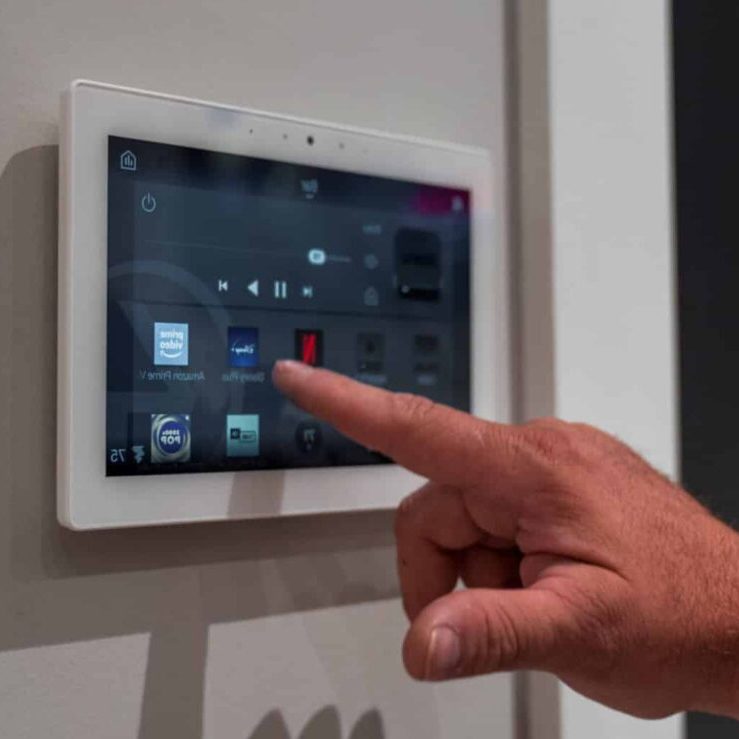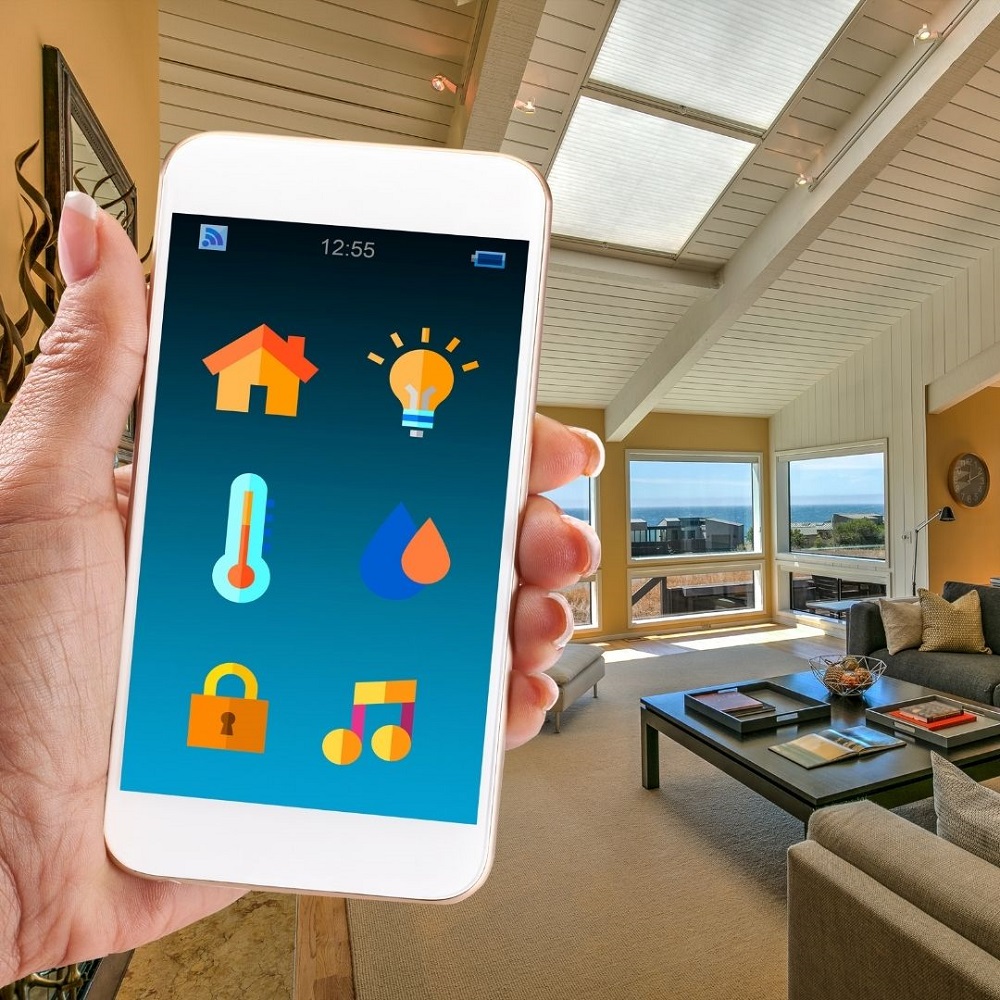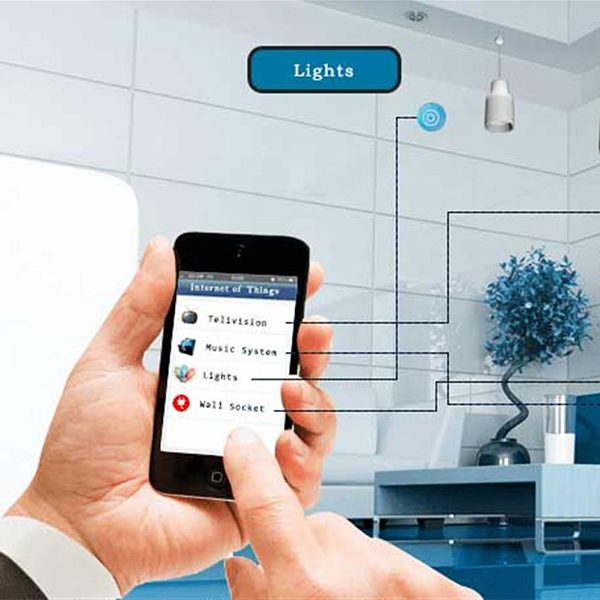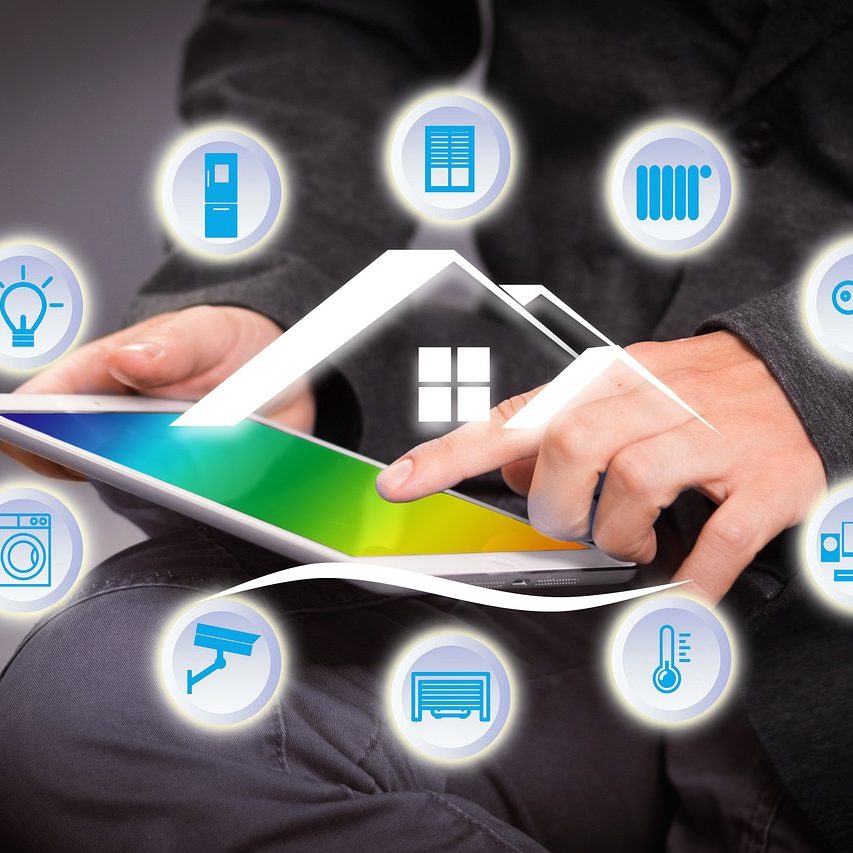Introduction to Home Automation
Home automation services transform houses into smart homes. These services enable you to control and monitor devices remotely. Home automation makes life easier and saves time. Imagine adjusting your thermostat while away. Or turning lights off without leaving your bed. This is the power of smart home technology.
Home automation involves interconnected devices. These devices communicate through a network. You manage them using a smartphone, tablet, or computer. The goal is simple: automate daily tasks and enhance home security.
This automation goes beyond convenience. It also offers better energy efficiency. Smart devices can learn your habits. They adjust settings to save energy when you’re not home. These smart systems also provide alerts. They inform you of any security breaches or system failures.
As an SEO expert and blogger, the focus is on ‘home automation services’. These services encompass installation, setup, and support. Companies offer a range of options to suit different needs. Whether it’s a basic setup or a full-scale smart home integration, these services aim to provide a seamless experience.
The journey into home automation begins with understanding key components. They form the backbone of any smart home. In the following sections, we’ll discuss these components in more detail. Smart lighting, security systems, and home automation controllers are just the start.

Key Components of a Smart Home
A smart home thrives on interconnected devices and systems. Here, we’ll explore the essential elements.
Smart Lighting Systems
Smart lighting systems are a prime example of home automation. They allow you to control lights via smartphone or voice commands. You can adjust brightness, set schedules, and even change colors with some bulbs. This not only adds convenience but can also help reduce energy costs. Using motion sensors, lighting can adapt to the presence or absence of people, saving power when rooms are empty.
Smart Security Systems
Next, smart security systems enhance home safety. They include devices like cameras, door locks, and alarms. You can monitor your home in real time from anywhere. Alerts inform you of any unusual activity, offering peace of mind. Smart security systems often integrate with other home devices, creating a strong network of protection.
Home Automation Controllers
At the heart of smart homes lie home automation controllers. These are the brains of the operation. Controllers process information from various devices. They execute your commands, whether it’s setting scenes or controlling individual devices. These can range from simple hubs to sophisticated systems managing complex tasks throughout your home. Choosing the right controller is key for a smooth smart home experience.
Benefits of Upgrading to a Smart Home
Upgrading to a smart home offers many advantages. Here are some key benefits that make the transition worthwhile.
Convenience and Comfort
Smart homes provide unmatched convenience. Control devices with a smartphone or voice commands. Adjust settings like lighting and temperature from anywhere. This ensures comfort at all times, without needing to physically adjust devices.
Enhanced Security
Home automation services boost your home’s security. Smart security systems monitor your property 24/7. Receive instant alerts on suspicious activities. This helps you respond quickly to potential threats, ensuring peace of mind.
Energy Efficiency
Smart homes are great for energy savings. Automated systems optimize the use of electricity. For example, thermostats adjust based on your habits, reducing unnecessary energy use. Smart lighting turns off when no one is in the room, saving power.
Increased Property Value
A smart home can increase your property value. Many buyers now look for homes with advanced technology. A well-integrated smart home system can make your property more attractive in the competitive real estate market.
In conclusion, upgrading to a smart home brings numerous benefits. It makes life easier, enhances security, saves energy, and could even boost your home’s market value. Consider these advantages when thinking about home automation services for your property.

Installation Process for Home Automation Systems
Installing home automation systems can be a straightforward process. Here’s a step-by-step guide to help you understand what’s involved.
- Consultation and Planning:Initially, you need to consult with a home automation service provider. They assess your home’s specific needs. You discuss what devices and systems you want to integrate.
- Choosing Right Products:Select devices that fit your budget and requirements. Include devices like smart thermostats, lighting, and security systems. The provider can suggest the best products.
- System Design:The service provider designs a system layout. They ensure all components will work together seamlessly.
- Installation:Technicians install the devices and systems in your home. They handle everything from wiring to configuring the devices.
- Configuration and Testing:After installation, the system is configured and tested. This ensures everything is operating correctly and is interconnected.
- Training and Support:Finally, the service provider trains you on how to use the system. They provide manuals and customer support for any future queries.
By following these steps, your transition to a smart home will be efficient and hassle-free.
Cost Considerations for Smart Home Setup
When planning a smart home setup, weighing the costs is crucial. It helps in making informed decisions. Here’s a breakdown of what to consider.
Initial Investment
Starting a smart home comes with an initial investment. This includes the cost of devices like smart thermostats, lights, and security equipment. In addition, there might be expenses for a home automation controller. Research is key. Look for deals and packages that home automation services offer.
Installation and Service Fees
Installation is another cost. Professional services ensure proper setup. Some providers bundle installation with product costs. Always ask what services are included. Hidden fees can surprise you later.
Ongoing Costs
Maintenance and updates can incur ongoing costs. Subscriptions for monitoring services are common with security systems. Cloud services may also have fees for data storage or extra features.
Upgrades and Expansion
Tech evolves quickly. Plan for future costs that come with system upgrades. As your needs change, you may want to add more devices. Expansion can improve home automation but increases costs.
Return on Investment
A smart home can save money over time. It reduces energy use, which lowers bills. Plus, enhanced security may decrease insurance premiums. Always balance immediate costs with long-term benefits.
Overall, smart home setup ranges in price. It depends on the complexity of the system and the choice of devices. Smart planning with a focus on home automation services can maximize what you get for your money. Aim for a balance between cost and convenience for the best result.

Popular Home Automation Service Providers
Choosing the right home automation service provider is crucial for a seamless experience. Here, we discuss some popular providers.
Leading Providers and Their Offers
Different providers stand out for their unique services and consumer-friendly offers. Companies like Control4, Crestron, and SmartThings are pioneers in this sector. They provide comprehensive systems allowing extensive device integration. Their platforms support smart lighting, security, and temperature control appliances.
Customer Support and Satisfaction
Good customer service underpins user satisfaction. These providers ensure robust support through manuals, 24/7 helplines, and installation assistance. Their focus is on making home automation easy for all end-users.
Innovation and Technology Adoption
Innovation drives the evolution of home automation. Leading providers frequently upgrade their systems. They adopt new technologies to offer more efficient and cost-effective solutions.
Tailored Solutions
These companies cater to a range of consumer needs. Whether it’s a small apartment or a huge residence, they have a solution. They can optimize a system for any space or budget.
When selecting a provider, consider your specific needs and budget. Also, check reviews and feedback from other users. This ensures you choose a provider known for reliability and excellent service.
Future Trends in Home Automation
As technology evolves, so does home automation. This section explores the exciting future trends in this field.
Advancements in AI and Machine Learning
AI and machine learning are becoming more integral to home automation. These technologies allow systems to learn from your habits and adjust automatically. For example, they could predict your arrival and set the perfect temperature.
Integration with Wearable Technology
Future smart homes will likely integrate with wearable tech. Imagine your smartwatch communicating with your home. It could turn on lights and unlock doors as you approach.
Improved Energy Management
Future systems may focus more on eco-friendly solutions. Enhanced sensors and smarter algorithms could significantly reduce energy consumption. This would not only save money but also help the environment.
More Seamless Integration
As home devices proliferate, seamless integration will be key. Future automation might manage everything from kitchen appliances to entertainment systems.
Expansion into Health and Wellness
Smart homes could soon play a role in health and wellness. Advanced sensors might monitor health stats, suggesting environmental adjustments for better sleep or relaxation.
These trends show that the future of home automation services is promising. Homeowners can expect smarter, more intuitive systems that enhance comfort and security.
